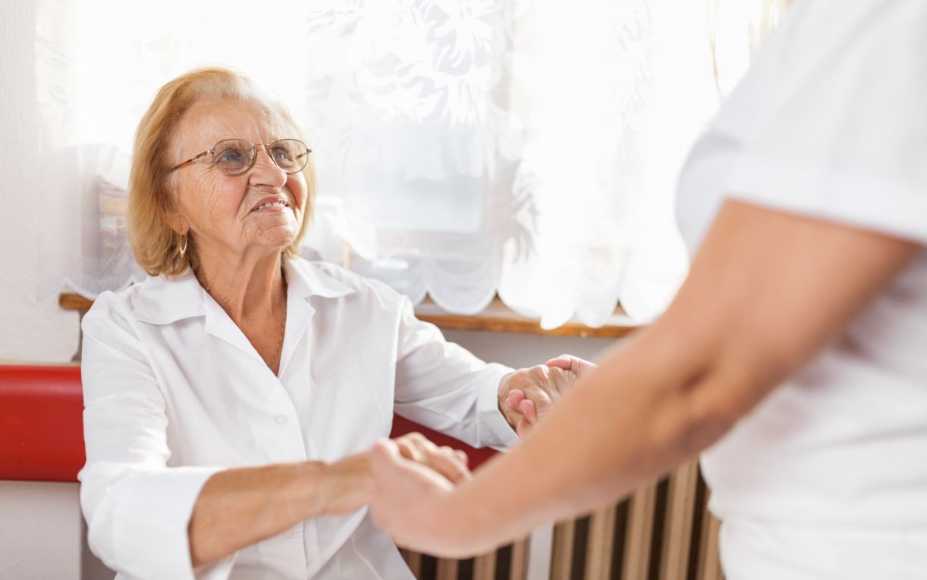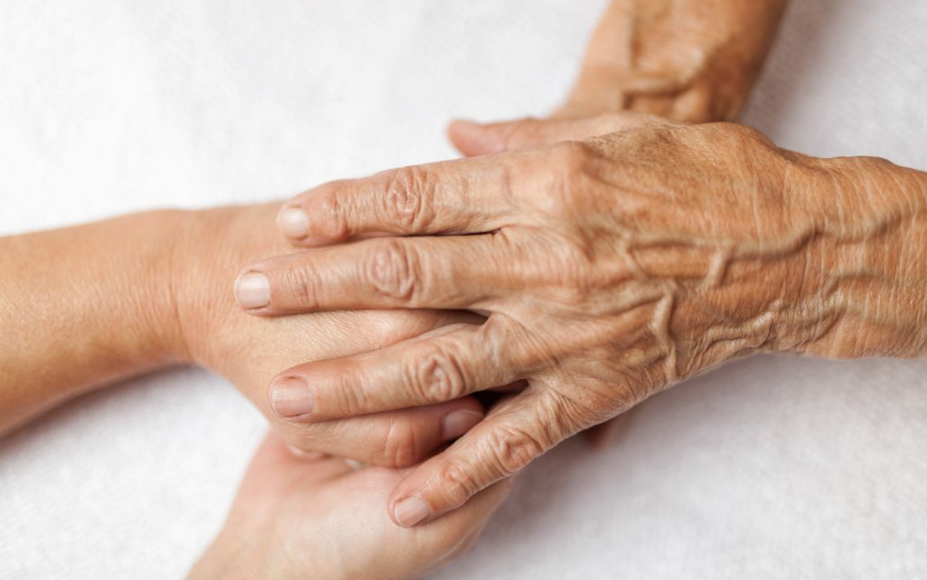
 Request An Appointment
Video Consultation
Request An Appointment
Video Consultation

On 16 MAY 2019 | LIFESTYLE
Twelve year old Riya* was a loner. She didn’t like making new friends, she hated the idea of going for family functions, she disliked things that children of her age loved. The reason was her body. She had developed an abnormally bent, deformed spine – a condition called scoliosis. This made her back look disfigured and gait (style of walking) - abnormal. She feared that people would make fun of her.
When Riya’s parents brought her for a check-up, their apprehensions were many. People had made them believe that surgical correction of the condition may not be safe, as operating on the spine could lead to complications including paralysis. So the first thing that had to be set right was their unfounded fear. They were counselled about the severity of Riya’s condition and how a corrective surgery would transform not just her body, but her life itself.
After much deliberation, they finally decided to opt for the surgery as Riya’s condition was going from bad to worse. Two days into the surgery, Riya looked at herself in the mirror. The awe, the joy on her face said it all. Her parents were in tears. A week later, Riya left the hospital, with a big smile on her face. She was finally ready live a normal life.
What Exactly Is Scoliosis?
Scoliosis is a condition wherein a person’s spine or back is curved like an “S” or “C”.
Worldwide estimates say that 3 out of every 100 people have some form of scoliosis, which either be congenital (deformity by birth), acquired or age-related.
The severity of scoliosis differs from person to person. For those with minor scoliosis, the curve may not pose any problem at all. However, if the curve is severe or visible, it can lead to several complications including disfigurement, pain, breathing difficulties, heart problems and damage in the joints of the spine.
Early detection and correction is the key to effective management of scoliosis. Early correction (surgical / non-surgical) can make a huge difference to the treatment outcome in childhood scoliosis, as it is easier to rectify the deformity in younger children.
What Causes Scoliosis?
Scoliosis can occur in both children and adults. The most common type of scoliosis in children is Adolescent Idiopathic Scoliosis – “idiopathic” because the exact cause is not known. Adolescent scoliosis is seen more in girls than in boys.
The known causes of scoliosis include:
Congenital or by birth defects
Spinal tumours
Infection or spinal injury
Age-related degeneration of the spine
Hereditary syndromes which can be associated with other birth defects
How Is Scoliosis Diagnosed?
In most cases, the scoliosis curve will be visible – which means that the spine, when viewed from the back, will curve into a “C” or “S” shape.
In children, early stages of scoliosis may not be painful at all. The child may not be able to see or feel the problem. The abnormality in body shape and gait is usually detected by family members or teachers, who closely interact with the child.
However, as the scoliosis progresses with time, there will be visible changes in the body symmetry and shape. Many teenagers with scoliosis have one shoulder blade that’s higher than the other or an uneven waist that creates a tendency to lean to one side.
Diagnosis based on age:
Infantile idiopathic scoliosis - in children aged 0 to 3.
Juvenile idiopathic scoliosis – in children aged 4 to 10.
Adolescent idiopathic scoliosis – in children / adolescents aged 11 to 18.
How Is Scoliosis Evaluated?
Scoliosis is a condition that’s treated by spine surgeons.
The spine surgeon will examine of the spine to evaluate / measure the severity of the scoliosis curve in degrees (Cobb Angle).
An MRI (Magnetic Resonance Imaging) of the spine may be done if the condition is not thought to be idiopathic
If the scoliosis curve is about 10 or 15 degrees, there’s no treatment that’s required, except for regular check-ups till puberty. Usually, the spinal curvature does not worsen once the growth spurt is over.
If the curve is between 20 to 40 degrees, a back brace may be recommended.

​This fictional story seeks to answer the mo...

​Common skin problems like acne, wrinkles, a...

What is Nipah Virus Infection?The Nipah Virus (NiV...

What is fatty liver​Fatty liver is a life st...